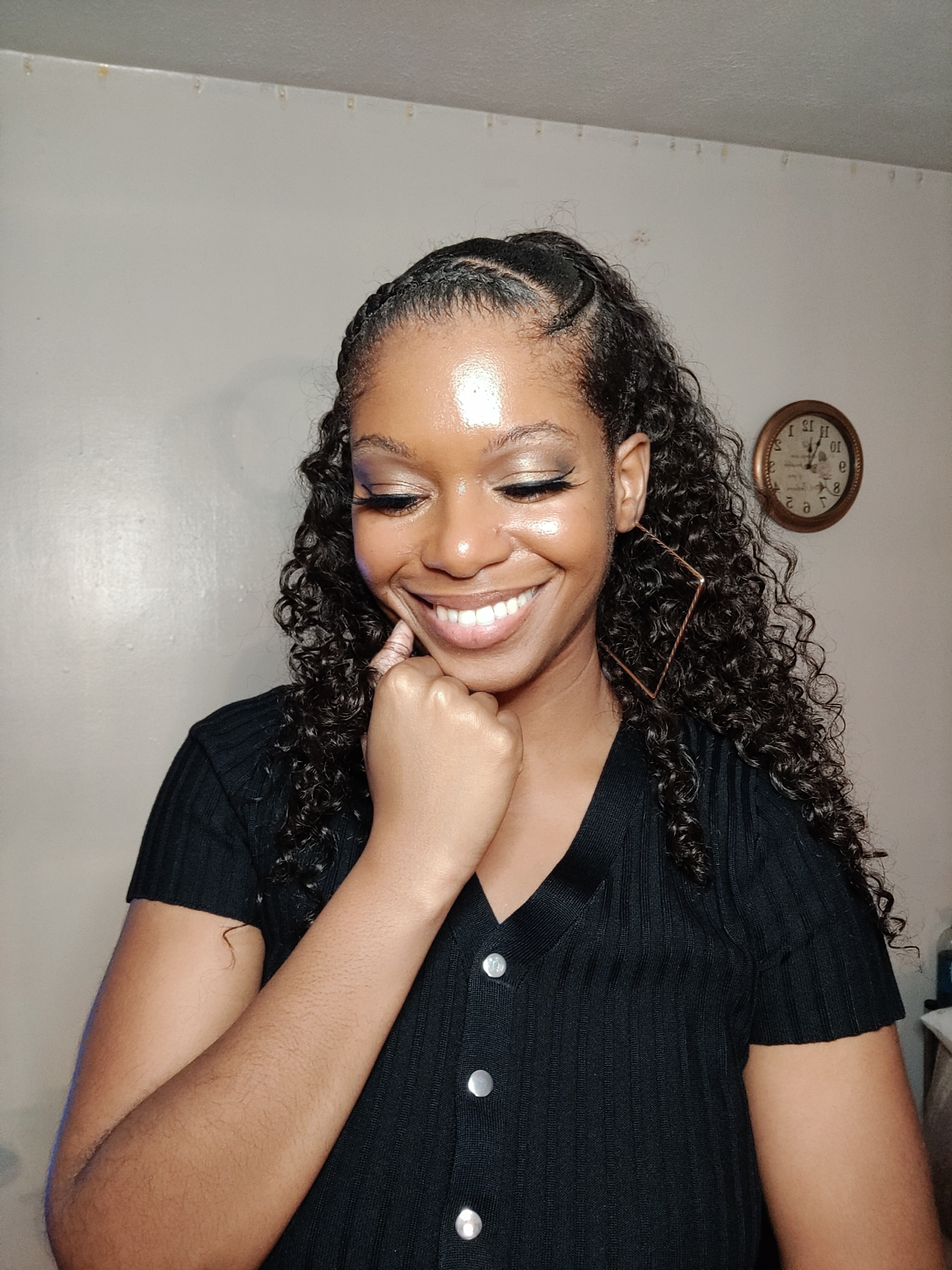How to Write a Short Story: 15 Effective Ways to Write Like a Pro
Introduction

Aspiring authors should know how to write a short story, as they are the foundation of authoring. Many well-known authors wrote dozens of short stories before publishing a chapter book; and certainly, drafting short stories built their literacy skills. Ernest Hemingway is a well-known author who gained recognition for writing a short story before publishing a book.
When I was in high school, I read his book, Farewell to Arms. This story was so unforgettable to me because it represents hope during a time of war.
Furthermore, in 2022, I wrote my first short story, “She Knows What I Did.” The story was mixed with thrill and mystery, and the experience inspired additional stories, leading to positive feedback from family, teachers, and peers.
Do you want to know how to write a short story? Let us dive into 15 essential tips for mastering the art of writing short stories!
Understanding the Unique Approach to Writing a Short Story

Before you begin writing your short story you need to understand that they differ from other forms of fiction novels.
For starters, writing a short story is focused. The plot is straight to the point and does not consume itself with multiple moving parts.
Typically, short stories demonstrate minimum character development and limited setting, while quickly transitioning to the climax.
Start Strong when writing your short story
On average, adults only allow the first 8.25 seconds to pique their interest. If the subject fails to do so, most adults will start to zone out and eventually end up moving on to the next task.
Therefore, crafting an engaging opening is crucial.
Unique ways to open your story include:
- Dramatic flashback
- Conflicting scenario
- Figurative language

Maintain Momentum
Pace is important and can affect the reader’s engagement with the story. Unfortunately, you do not have 100 pages to tell a story, so keeping a fast-paced narrative is needed to fulfill the criteria of a short story.
Limit Characters
As stated previously, the room for character development is narrow. However, having a small cast of characters in a short story will make the reading more impactful for your audience. With a clearer function, the risk of redundant characterization is unlikely.
Create Compelling Characters
For any piece of writing, the goal is to make your audience feel connected; and undoubtedly, the creation of characters can make or break connectivity.
You also want to make your characters unforgettable. I mentioned previously that I read Farewell to Arms in high school. This story is so memorable because Henry and Catherine fall in love despite being in the middle of a war. So there is hope to find love even during the most trying time.
Furthermore, to establish greater character depth, make the personalities real by producing backstories, motivations, disputes, and relationships.
Build Conflict
In everyday life, I avoid conflict; but in writing, I favor conflict, and you should too.
Variations of disagreements drive the narrative forward, and your short stories will appear uninteresting without any of the following forces:
- Man vs. Man
- Man vs. Self
- Man vs. Society
- Man vs. Nature
- Man vs. Supernatural
Use Subtle Backstory
It is important to provide readers with background information, but you do not want to overly explain the circumstances.
Subtle is key.
To ensure effectiveness, you can begin to intertwine elements of the plot with flashbacks, reflections, or dialogues.
Engage the Senses
Sensory details create a vivid and immersive setting, and are made up of sight, sound, smell, taste, and touch; which bring emotions into effect for readers through their own experiences. Below are example sentences that include senses:
- “She heard the man’s thundering voice from a mile away.”
- “The sugary bite of pie instantly reminded him of his mother’s famous recipe.”
- “Wrapped in her warm embrace made me feel safe.”

Bring Your Short Story to Life
Write from the heart.
Your authenticity will energize your story and allow your readers to naturally engage in the storyline as if they were a part of the short story.
Create a Memorable Setting
Before you attempt to write your short story, always set the mood and tone. If you are not in a conducive environment to write your short story, it could make writing more difficult. Or you could end up with writer’s block.
As a writer, writer’s block has come up many times. This is why it’s so important to create that mood and tone. Setting the mood and tone allows you to write your short story freely.
Furthermore, when your readers engage with your writing, they will remember you. Also, you creating such a wonderful experience for your readers through your short story, you are allowing yourself to advance your writing career. Giving your audience a reason to remember your story can potentially result in numerous opportunities that will advance your writing career.
Enhance Your Storytelling with Flashbacks
Due to its complexity, flashbacks, also referred to as recollections, can confuse an audience at times, especially if the elements alter constantly from present to past.
To boost your short stories, please see the correct tactics for writing flashbacks:
- Use past perfect tense
- Use a trigger
- Keep it brief
Plant Clues for What’s to Come In Your Short Story

Hints are my best friend.
Surely, foreshadowing generates suspense and intrigue, captivating your readers, and supplying a sense of hunger for more.
Experiment with Structure
Do not trap yourself in a box. Understandably, doing so may feel comfortable.
But regardless of the feeling, writers must think freely about their story structures, and let the unconventional techniques guide their storylines.

Edit Until Your Short Story Shines
Never publish work without revision. I know your short story may seem perfect, but I assure you flaws will be evident.
You are not alone in the struggle though. Sometimes, I need to remind myself to slow down and review the matters at hand without getting in a rush.
If you need assistance with proofreading, be sure to try these methods:
- Read your story aloud
- Read your story backward, starting with the last sentence
- Check for grammar mistakes and remove repeated words using technological software
- Ask a trusted friend to advise your work
Leave Your Reader Thinking

You should want your audience to take something away from your readings.
Allow the words to linger in your reader’s heart by ending the story strongly.
Final Thoughts
Certainly, authoring profound short stories is not for everyone. If it were, everyone could and would be partaking in the skillset. Yet, you are here for a reason, desiring expert advice to better your work, right?
I applaud you for taking the initiative to improve your short story writing by reading this article; and trust me, the work does not end here.
Continue to unleash your creativity by applying the 15 essential tips on how to write a short story!
If you have any further questions, feel free to contact me, HERE.
Frequently Asked Questions
Your short story should not be lengthy. On average, short stories are 1000-8000 words or 8-27 pages. Remember, the shorter, the better.
Most short stories are fiction; but you can most definitely write a non-fiction short story, which some refer to as “creative non-fiction,” by incorporating real-life events or research.
The best time to start is now! No need to wait. You will only begin to see growth when you take the first step.



